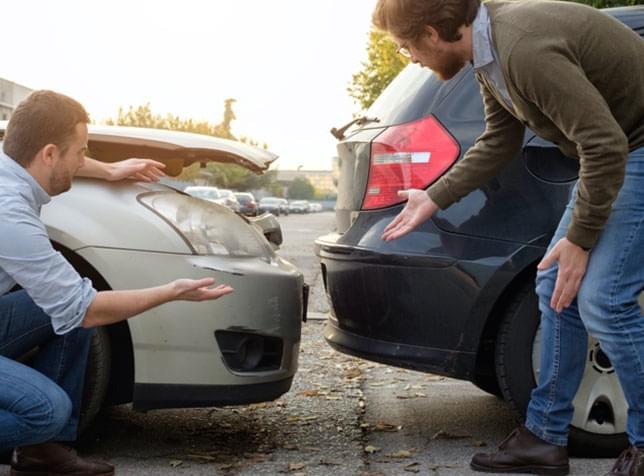
Ohio
Car Insurance
Get a free quote today!
Or you can also…
Chat or Call 1-844-328-0306Call 1-844-327-9870

Ohio Car Insurance Overview
When it comes to car insurance, Ohio is a “fault” state, also known as a tort state. That means the driver at fault for the accident is responsible for the medical bills and related expenses of the other driver, cyclist or pedestrian and for any property damage.
The statute of limitations in Ohio for filing a personal injury lawsuit resulting from an auto accident is two years from the date of the crash. If an individual dies from the injuries suffered in the crash, the personal representative of the deceased’s estate may file a wrongful death lawsuit within two years of the date of death, not the accident date. The statute of limitations for property damage is 4 years from the date of the accident.

Ohio Auto Insurance Information
Keep in mind these are the minimum insurance requirements. Serious accidents often end up in far larger medical expenses and lost wages for the injured party. Once the coverage limits are exceeded, personal assets are at risk.
Ohio does not require uninsured or underinsured motorist insurance, but that is another type of coverage every driver should consider purchasing. If you are injured in a crash with an uninsured or underinsured driver, this insurance helps pay your medical expenses.
Collision and comprehensive insurance are not required, but the lender of financed or leased vehicles will almost certainly require such coverage.
Technically, Ohio drivers do not have to carry auto insurance per se, although almost all of them do. Ohio allows the alternative of posting collateral, such as real estate, or purchasing a financial responsibility bond equivalent to the minimum coverage amounts.
SR-22 Insurance in Ohio
In Ohio, those convicted of drunken driving and other serious traffic offenses must file an SR‑22 form with the Ohio Bureau of Motor Vehicles (BMV). An SR-22/bond is a minimum-limit liability insurance policy covering on the person named on the policy. File an SR-22 bond by contacting an insurance company licensed to operate in Ohio, then applying for and paying for the policy. The SR-22 form is filed by the insurance company, not the individual, with the BMV. The BMV notes that many insurance companies file SR-22 forms electronically, which usually process within 72 hours of receipt.
Should the person filing the SR-22 cancel the policy, under Ohio law, the insurance company must contact the BMV immediately to notify them of the termination.
Ohio Driver Statistics
As of 2018, Ohio’s population was 11.7 million, making it the seventh most populous state and the 34th largest in size. It ranks number 10 in population density. Franklin and Cuyahoga Counties contain the most residents. However, population growth is lower than the national average.
Ohio’s highway network is the tenth-largest in the country, making it a regional economic hub. A major manufacturing state, including automobiles, jet engines, refrigeration and heating equipment, tires and machine tools. The state slogan is “The Heart of It All,” referring to the fact that 50 percent of the national population lies within 500 miles of Ohio’s borders. Ohio is the birthplace of seven U.S. presidents — Grant, Hayes, Garfield, Benjamin Harrison, McKinley, Taft and Harding.
Currently, drivers may receive permits at age 16. However, the Ohio Department of Transportation states that 15- to 19-year-olds represent 5 percent of Ohio drivers, but are in 15 percent of accidents in the state. Lawmakers are considering raising the period from which drivers can proceed from permits to driver’s licenses from six months to one year.
Ohio Auto Insurance & Accident Facts
According to the Ohio State Highway Patrol, there were 1,094 fatal crashes on Ohio roadways in 2017, an increase of 40 such crashes over the previous year. In 2017, 1,179 people died in traffic accidents in the state, up from 1,133 fatalities in 2016. Those deaths included 145 pedestrians in 2017 and 140 in 2016. Heavy truck accidents account for 116 fatalities in 2017 and 93 in 2016.
Did you know?
Ohio auto insurance premiums are among the lowest in the nation. As of 2018, its auto insurance costs were the second-lowest in the U.S, after Maine.







